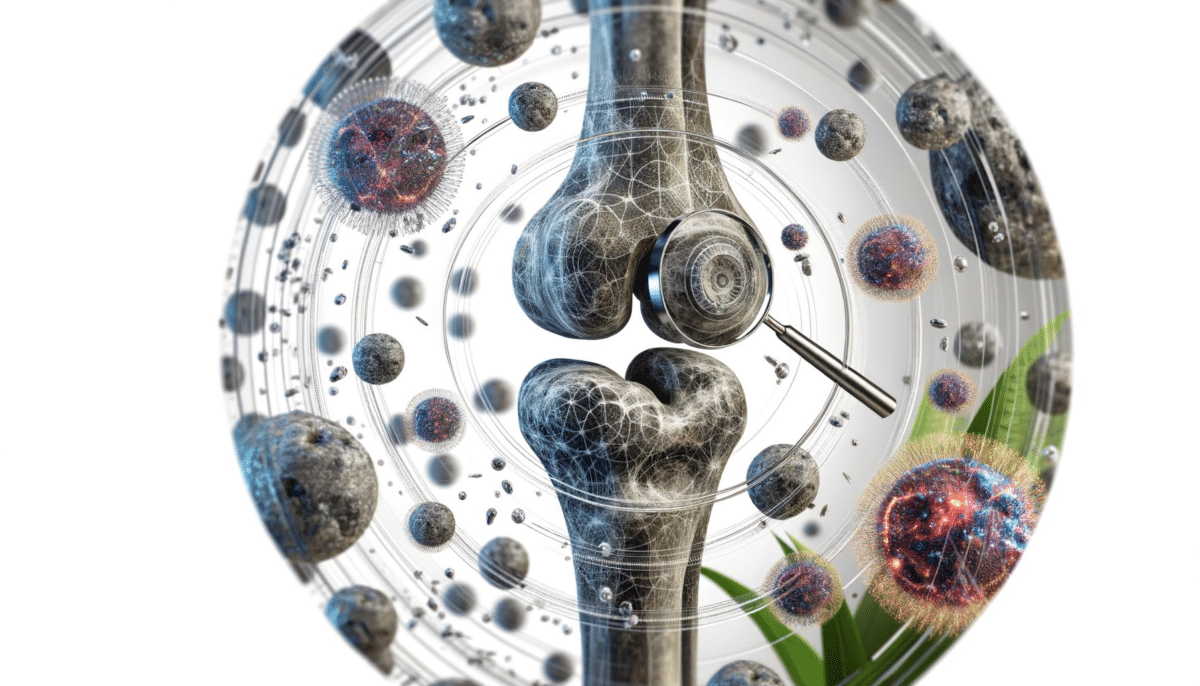Understanding Joint Pain: An Overview
Joint pain is an ailment that affects millions of individuals globally, presenting a significant impact on daily activities and overall quality of life. Whether it’s a dull ache or a sharp, stabbing sensation, joint pain can be debilitating. It is commonly associated with aging, but it can affect people of all ages due to various causes such as injuries, infections, and chronic conditions.
Joints are the connections between bones, facilitating movement and providing support. Pain in these areas can arise from several factors, including inflammation, damage from wear and tear, and autoimmune conditions. The most commonly affected joints include the knees, hips, shoulders, and hands.
Understanding the underlying causes of joint pain is crucial for effective management and relief. It is important to consult healthcare professionals for an accurate diagnosis and tailored treatment plan. Early intervention can prevent further damage and improve the quality of life for those affected.
Common Causes of Joint Pain
Joint pain can result from a variety of causes, each requiring different management strategies. Some common causes include:
- Osteoarthritis: A degenerative joint disease characterized by the breakdown of cartilage, leading to pain and stiffness.
- Rheumatoid Arthritis: An autoimmune disorder causing inflammation and deformity in the joints.
- Injuries: Sprains, fractures, and dislocations can lead to acute joint pain.
- Infections: Certain infections can invade the joints, causing pain and swelling.
- Gout: A type of arthritis caused by the accumulation of uric acid crystals in the joint.
Each cause has its own set of symptoms and treatment options. For instance, while osteoarthritis may benefit from physical therapy and lifestyle changes, rheumatoid arthritis often requires medication to manage the autoimmune response.
Symptoms and Diagnosis of Joint Pain
Identifying joint pain involves recognizing various symptoms that may range from mild to severe. Common symptoms include:
- Swelling and tenderness around the joint
- Stiffness, especially in the morning or after rest
- Redness and warmth in the affected area
- Reduced range of motion
To diagnose joint pain, healthcare providers may conduct a physical examination, review medical history, and recommend imaging tests such as X-rays or MRIs. Blood tests may also be conducted to identify specific markers of inflammation or infection.
Accurate diagnosis is essential for developing an effective treatment plan, as it helps pinpoint the exact cause of the pain and tailor interventions accordingly.
Managing Joint Pain: Treatment Options
Managing joint pain involves a combination of treatments tailored to the individual’s condition and lifestyle. Common approaches include:
- Medications: Pain relievers and anti-inflammatory drugs can alleviate symptoms.
- Physical Therapy: Exercises to strengthen muscles around the joint and improve flexibility.
- Weight Management: Maintaining a healthy weight reduces stress on joints, particularly in weight-bearing areas like the hips and knees.
- Alternative Therapies: Acupuncture, massage, and herbal supplements may provide relief for some individuals.
In severe cases, surgical interventions such as joint replacement may be considered. It is crucial to work closely with healthcare providers to determine the most appropriate treatment plan.
Preventing Joint Pain: Tips for a Healthy Lifestyle
While not all joint pain can be prevented, adopting a healthy lifestyle can significantly reduce the risk and severity of symptoms. Here are some tips to maintain joint health:
- Regular Exercise: Engage in low-impact activities like swimming or cycling to keep joints flexible.
- Balanced Diet: Consume a diet rich in omega-3 fatty acids, vitamins, and minerals to support joint health.
- Stay Hydrated: Adequate hydration is essential for maintaining the lubrication of joints.
- Posture and Ergonomics: Maintain good posture and use ergonomic furniture to reduce strain on joints.
By incorporating these practices into daily routines, individuals can enhance their joint health and potentially prevent the onset of joint-related problems.
Conclusion: Taking Charge of Joint Health
Joint pain is a prevalent issue that can significantly impact one’s life, but understanding its causes and management options can empower individuals to take control of their joint health. By seeking appropriate medical advice, adopting a healthy lifestyle, and exploring various treatment options, it is possible to alleviate symptoms and improve overall well-being. Remember, early intervention and proactive management are key to maintaining healthy and pain-free joints.
